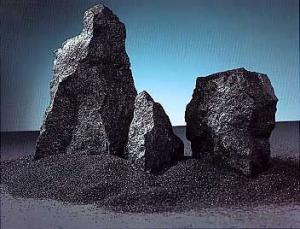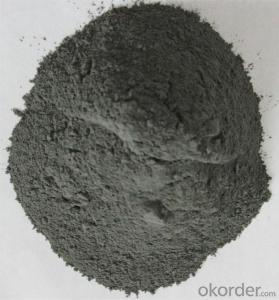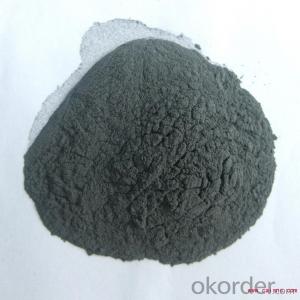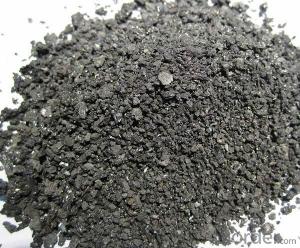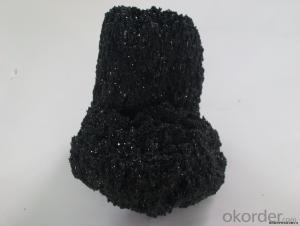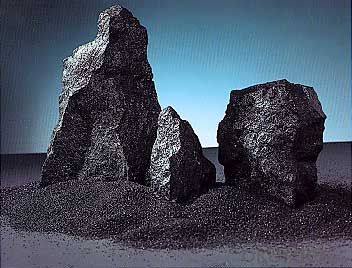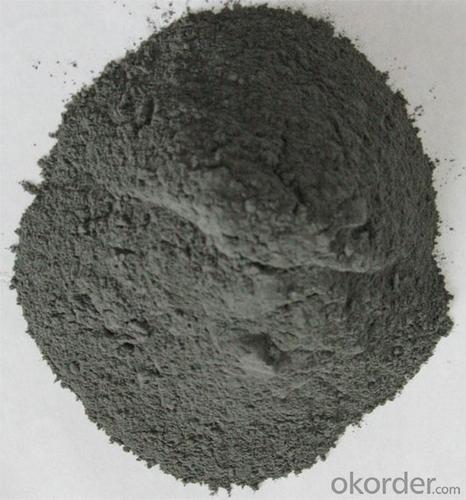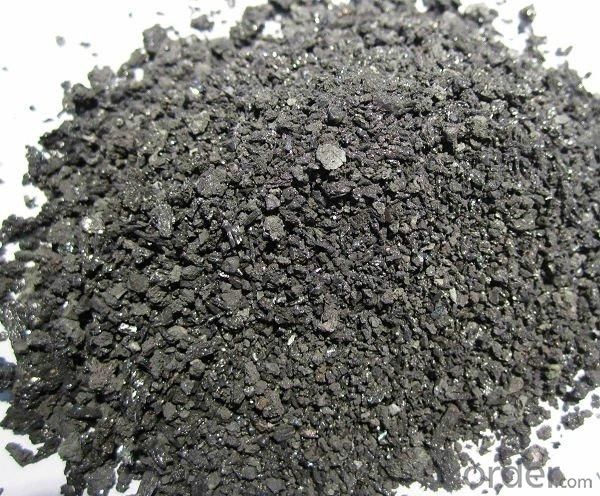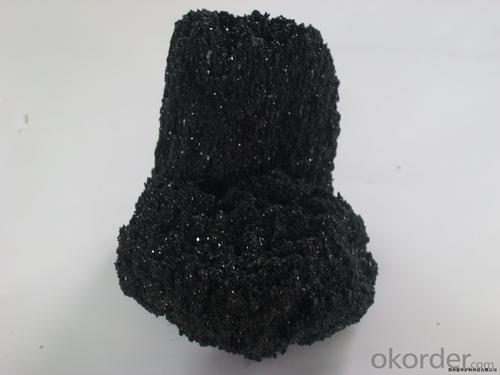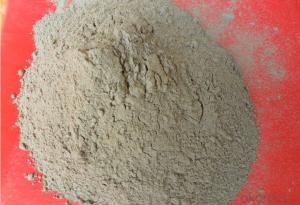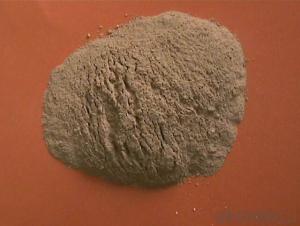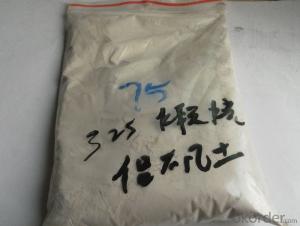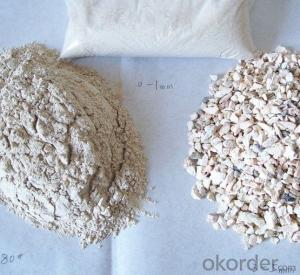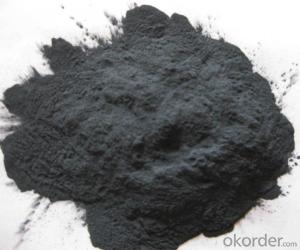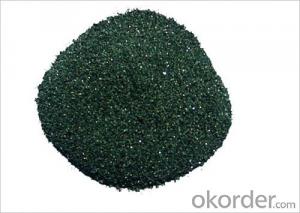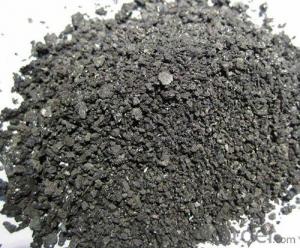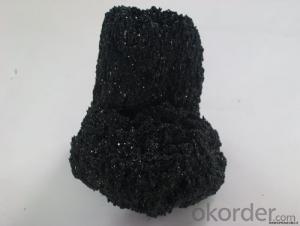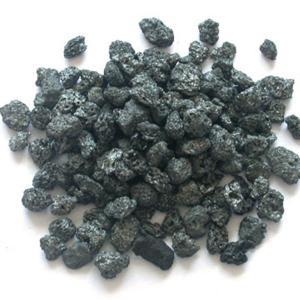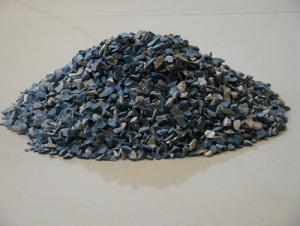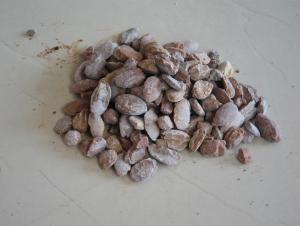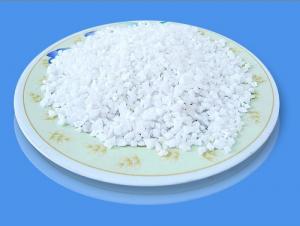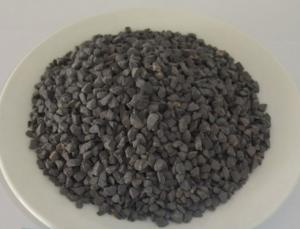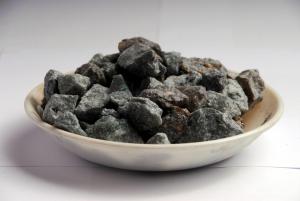98.5% SiC Silicon Carbide Raw Materials for Refractory Metallurgical Applications
- Loading Port:
- Tianjin
- Payment Terms:
- TT OR LC
- Min Order Qty:
- 25 m.t.
- Supply Capability:
- 3000 m.t./month
OKorder Service Pledge
OKorder Financial Service
You Might Also Like
Min 98.5% Sic Silicon Carbide for Metallurgical
1.Structure of Silicon Carbide Description
Black Silicon Carbide is produced with high temperature in a electric resistant furnace from a mixture of quartz sand and petroleum coke.
Black silicon carbide is typically used for working on cast iron ,non-ferrous metals, stone, leather, rubber, and other materials which requires sharp cutting characteristics. The mineral is also used widely as a refractory material and metallurgical additive.
2.Main Features of Silicon Carbide
Its hardness is between that of fused alumina and synthetic diamond and mechancial intensity of it is also greater than that of fused alumina. It is brittle and very sharp and has a certain degree of electrical and heat conductivity.
3.Main usage of Silicon Carbide
1.Grinding non-ferrous materials, rock, stone, leather, rubber, finishing tough and hard materials
2.Bonded abrasive tools, lapping and polishing
3.Widely used as a metallurgical additive and refractory material
4.Refractory
4. Silicon Carbide Images
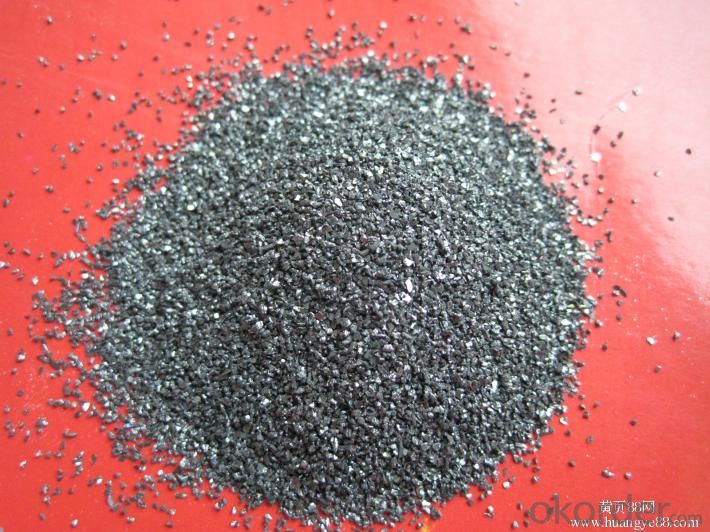
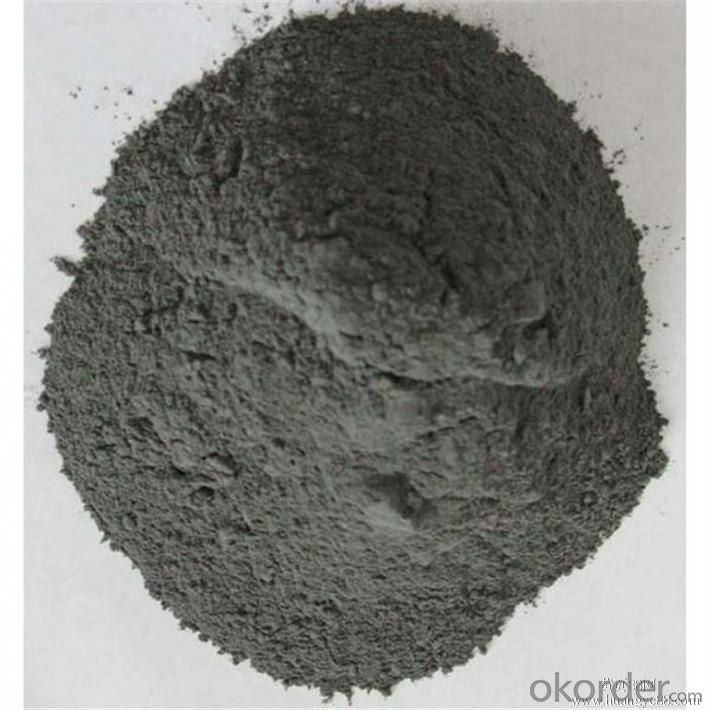
5. Silicon Carbide Specification
Item | composition(%) | |||
SiC | C | TFe | H2O | |
≥ | ≤ | |||
SiC95 | 95.0 | 3.0 | 1.0 | 0.5 |
SiC80 | 80.0 | 5.0 | 1.0 | 0.5 |
SiC70 | 70.0 | 15.0 | 2.0 | 0.5 |
6.FAQ of Silicon Carbide
1). Q: Are you a factory or trading company?
A: We are a factory.
2). Q: Where is your factory located? How can I visit there?
A: Our factory is located in Ningxia, China. You are warmly welcomed to visit us!
3). Q: How can I get some samples?
A: Please contact me for samples
- Q: What is refractory brick?
- Capability1. Refractory brick is also known as firebrick. It is faint?yellow or brownish. Refractory brick with 770 ℃ at high temperatures is called for short firebrick. It is mainly used for building and smelting furnace. It is a refractory material made by fring refractory clay or other refractory material.
- Q: What is the main constituent of refractory brick?
- There are several refractory bricks, including clay brick, carborundum brick and chromium-carbon. The type you said may be refractory bricks made from bauxite.
- Q: What are the meanings of azs, 34% and ec in fused brick?
- The fused brick, also called zircon corundum brick, is shorted as AZS for three chemical components in Al2O3-ZrO2-SiO2 ternary diagram. I don't know the meaning of EC.
- Q: How many types do refractory bricks have? Where the quality of refractory material is best? What is the model?
- Sinosteel Luoyang (Luoyang Refractory Material Plant in the past): High alumina(mainly blast furnace), Gongyi. There are also a series of high-tech materials (silicon carbide, carborundum, etc.) a major producer of high alumina; silicious: Resistant material for steel, glass furnace, cement kiln); magnesia. Divide from uses and divide from chemical texture; silicious(glass furnace): Xinmi, Hennan Province, Lengshui River, coke oven, etc.). As for the models, Yixing and Changxing in Jiangsu Province: Haicheng, Liaoning Province; silicious, I do not understand your intentions; magnesia (nonferrous, steel refining; magnesia: High alumina brick; Dashiqiao area! Please put it in detail.
- Q: What are included in roof thermal insulation fireproofing material?
- Aluminium foil, bubble, aluminium foil/air bubbles/fireproofing aluminium foil thermal insulation material, fireproofing bubble thermal insulation material, fire?retardant thermal insulation material, thermal insulation construction materials, aluminum foil insulation material.
- Q: What are the characteristics of magnesium fireproof plate
- Plate glass magnesium fire with high temperatures, flame retardant, sound absorption, shock-proof, pest control, anti-corrosion, non-toxic tasteless non-polluting, can be used directly on the painting, direct veneers, available gas nail directly on the tile, the surface has good coloring , high strength, resistance to bending toughness, nails, saw, can be sticky, easy decoration. It can also be made into thermal insulation materials with a variety of compround composite insulation plate.
- Q: What kind of refractory materials should be used for the intermediate frequency furnace to smelt manganese?
- You mean furnace lining or ladle lining? Generally magnesia is used as furnace lining, but heat preservation should be practiced when shut down, or brasque would crack. Surly you can employ existing furnace lining which is sold in Tianjin, a little bit expensive, the average lining could be used for 300 furnaces. The furnaces made by magnesia myself break down after 40 furnace were finished. What I referred is a furnace weighing 2 tons, as for a bigger furnace, the existing brasque would be OK. What is the difference between furnace lining and ladle lining? Can you give me more detail about the materials of making a furnace weighing 2 ton? Why others can burn 80-90 furnace with 0.7-ton furnace; over 200 furnaces with 2 ton? What are these ingredients? What I know is just magnesia, magnesium borate, and together with boric acid, they also have many types, which one should I use? Thank you!
- Q: What types does soft fire prevention materials have?
- Types of fire resistant species. Mainly listed as follows: finishing fire retardant paint, component fire retardant coating, fire-resistant coating for steel structure and othe kinds of fire retardant coating. Flame retardant plastics and its products, textiles, building materials, flame retardant fabric and exterior wall thermal insulation system products, floor materials, such as various types of fire prevention materials;Fire prevention board, fire doors, fire prevention, fire shutter, fire glass window frame, elevator doors, ventilation pipes, fire blocking material, fire smoke exhaust fan and other kinds of artifacts (resistance) fire prevention. Indicators of judging fire mainly include: difficult to fire, ignition, smoke toxicity, smoke density, heat release and flue gas; fireproof performance, combustion performance and combustion heat value, fire resistance, high temperature resistance, fire rating, etc. And some specific parameter is needed to use professional testing instrument to judge, but to the inorganic lab for understanding, fire prevention level test result accuracy.
- Q: Graphite and other carbon materials may be oxidized to CO or CO2 at high temperatures. But why can they be refractories?
- There is no contradiction for this. Any substance can be combustible, but different materials have different ignition points.There are many types of graphite. Pyrolytic graphite has a much lower ignition point. Therefore, as long as it reaches at a certain temperature, it can convert into graphite. Mostly, in practical applications (such as brake pads will add a certain amount of graphite), graphite is required to have refractoriness of below 1000 ℃. Graphite can serves as both the combustible and refractory material. So, it can be used as a fire-resistant and high-temperature-resisrant material because graphite (lamellar graphite) has a ignition point of at least 3000 degrees in an oxygen free condition. The above information is for reference only and is offered by Xin Ruida Graphite Company.
- Q: what textures of furnace refractories are good?
- The common one uses the ordinary aluminous fireclay brick and GB / T 3994-2005 insulating fireclay brick. The ones with excellet texture are high-grade thermal insulation refractory brick and GB / T 3995-2006 high alumina insulating firebrick, whose model is A13, the texture is alumina, A13 50u, advanced heat insulating brick B5; intermediate heat insulating brick B2, and so on. Dolomite brick: The formation of coating is of good performance and corrosion resistance, but to some extent, there exsits the f-CaO in the brick, which is easy to hydrate, and hard to transport and storage, thus less using in the production. Magnesia-chrome brick: The formation of coating is good, so it is widely used for burning zone, but the disadvantage is poor thermal shock resistance, coupled with the highly toxic positive Hexavalent Cr, so the international countries that produce and use the magnesia-chrome bricks are gradually reducing. The production unit using this brick now, please find alternatives as soon as possible.
Send your message to us
98.5% SiC Silicon Carbide Raw Materials for Refractory Metallurgical Applications
- Loading Port:
- Tianjin
- Payment Terms:
- TT OR LC
- Min Order Qty:
- 25 m.t.
- Supply Capability:
- 3000 m.t./month
OKorder Service Pledge
OKorder Financial Service
Similar products
Hot products
Hot Searches
Related keywords
